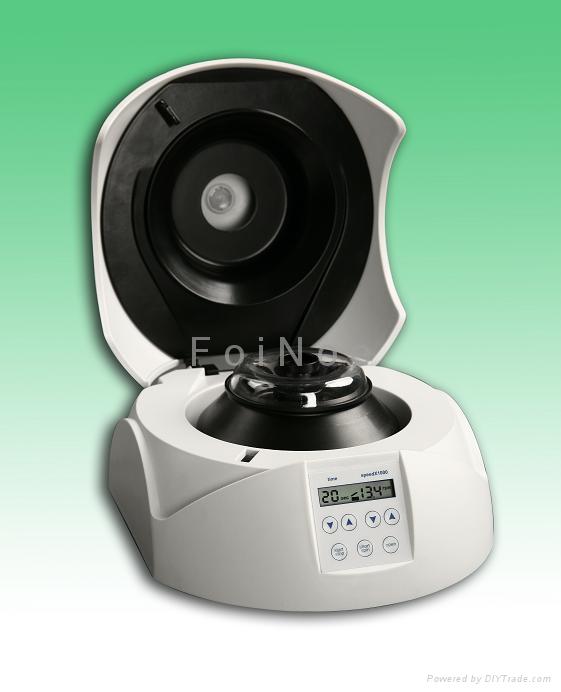well...
- they are often used in connection to rounding
- establish the value of a number
Significant Digits
In a measurement, the last digit is known to be an uncertain digit, because it may turn out to be one digit higher or lower. You will never know!for instance, in the measurement 7.63cm "3" is uncertain and "7 and 6" are certain digits.
To count the number of significant figures you would have to include all the digits as well as the uncertain digit! To help find the number of sig figs here are a few pointers:
a)count all the numbers starting at the first non-zero digit on the left
b)for a number written in scientific notation count the digits in the coefficient
ex 1. 2.43 > 3 sig figs
2. 5.254 > 4 sig figs
Details:
- Zeroes placed before other digits are not significant; 0.0095 has two sig figs
- Zeroes placed after other digits but behind a decimal point are significant; 7.090 has four sig figs
- Zeroes at the end of a number are significant only if they are behind a decimal point
- Zeros placed after other digits without a decimal point are not counted; 8500 has two sig figs
Exact Numbers
Not every number is measured experimentally, some numbers are exact. They have an infinite number of significant digits and no rounding is needed.
ex 1. a pair of earings; there cannot be 1.92 earings rounds to 2
2. 360 degrees in a circle
3. 1m = 100cm
Rounding
Rounding is replacing the numbers value that is approximately equal but has a shorter or simpler representation.
- Determine what your rounding digit is and look to the right side of it.
ex. When asked to round to the closest tens - your rounding digit is the second number to the left (ten's place) - If that digit is greater than 5, round one up
- If that digit is lower the 5, dont change it, keep it the same
- If that digit is equal to 5 and there are more numbers that are not zeros following it, round one up
- If that digit is equal to 5 but ends at 5, round the digit before that to an even number (0,2,4)
ex. round to the nearest 10th
a) 74.24 = 74.2
b) 7.273 = 7.3
c) 67.35 = 67.4
d) 2.652 = 2.7
Adding and Subtracting
When adding and subtracting, the number of decimal places in the ANSWER should be the SAME as the number with the LEAST decimal places in any of the terms being added or subtracted.
2.548g (3 decimal places)
5.72g (2 decimal places)
+1.1g (1 decimal place)
9.36g
the answer is: 9.4g because the lowest decimal place in the equation is 1; also DON'T FORGET TO ROUND IT!
Multiplying and Dividing
When multiplying or dividing numbers, the number of decimal points/significant figures in the RESULT is the same as the LEAST number of decimal points/significant figures in any of the multiplied or divided terms.
12.54mm (2 decimal points)
x 1.3mm (1 decimal point)
16.302mm2
the answer is: 16.3mm2 because the lowest decimal place in the equation is 1; and then ROUND IT!
I know its alot to take in! but practice makes perfect! just keep going over the rules and you'll get it!
ENJOY














